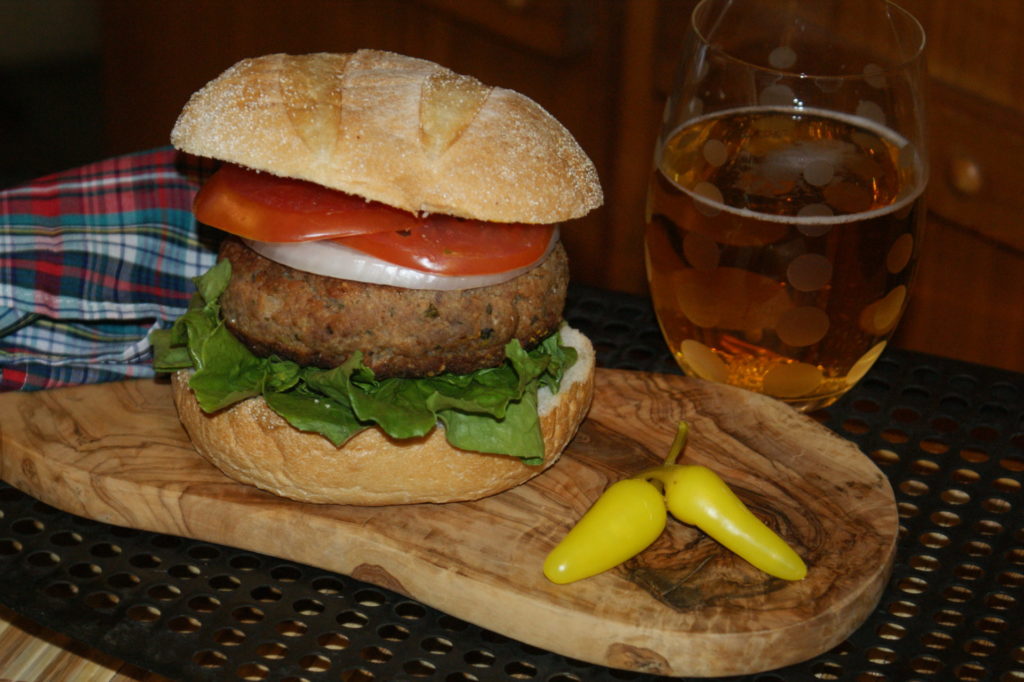One of the most breath-taking mounts hanging on my den wall is the first gobbler I ever bagged. Just looking at the thrilling memento always makes me eager for the next turkey season to roll around.
Advertisement
Wild turkeys are a cunning bird that dish up a challenging hunt but, it goes without saying, sitting down to a memorable turkey supper you harvested yourself is the ultimate reward of a successful day in the field.
Like any game, the biggest secret to serving a great-tasting meal revolves around proper field dressing. The bird should be gutted immediately upon shooting in order for the meat to cool down quickly, especially important during warmer weather as retention of body heat can taint the meat while prompting harmful bacteria to grow.
Advertisement
Pluck Or Skin
There are basically two ways to prepare your bird for the kitchen. One is to pluck, the other is to skin.
Advertisement
Plucking is the traditional way and it’s my chosen method for a platter-perfect turkey destined for the roast pan, to be served whole bird-style. Plucking leaves the skin intact, which prevents moisture from escaping during cooking, thus the meat is juicier, more flavourful and the golden skin lends beauty to the roasted bird. So even though this method is the most time-consuming, it is well worth the effort.
Skinning, on the other hand, calls for less work than plucking, but it robs the bird of some of its natural fat contained in the skin, so it must be basted frequently or barded to keep the meat from drying out during cooking.
To stretch a hefty turkey into more meals than one, I like to debone the breast and slice it into cutlets, which are delicious for frying or grilling. The legs and thighs, being a little tougher since they are muscle, are excellent to use in recipes calling for stewing or braising. Back, neck, wings and bones, as well as giblets (which I always save when field dressing) can be made into rich stock.
If your luck has left you with a poorly shot bird which needs excess trimming to rid damaged meat, skinning is, without doubt, more suitable than plucking as it will allow you easier access with the knife. And if the turkey has suffered severe shot damage, it will be more presentable if delivered to the table in some other form, rather than appearing whole.
One of the tastiest ways I have found to salvage the meat from a badly shot turkey is to debone the whole bird, grind the meat and use it for making into meatballs, loaves and, my family’s favourite, smoked turkey burgers. In fact, these patties are so good, even your next platter-perfect bird might be destined for the grinder.
Smoked Turkey Burgers
Serve these mouth-watering patties in traditional burger fashion, on a bun with all the trimmings – lettuce, tomato, onion, a sweep of mayo and any other condiments your heart desires. Makes four large or six medium-sized patties.
Ingredients
- 2 pounds ground turkey
- 1 minced onion
- 3 cloves minced garlic
- 1 cup (more or less) bread crumbs
- 1/4 cup spicy ketchup (or your favourite barbeque sauce for deeper flavour)
- 1 egg
- 1/4 teaspoon ground oregano
- Seasoned with salt and black pepper to taste
- 1 tablespoon Worcestershire sauce
Put all ingredients, except Worcestershire sauce, together in a large bowl and mix well with your hands. If mixture is too moist, add a few more crumbs. If too dry, add another egg. It should have a typical patty consistency. Using your hands, form the mixture into patties. Place on waxed paper, sprinkle with Worcestershire sauce, and chill in the fridge for several hours.
Fire up your smoker according to directions for your model. I prefer apple chips for turkey, but you can use any flavour of chips you desire. Bring the smoker to a temperature of 250 degrees Fahrenheit.
Place the patties on a rack, spacing them well apart so smoke and heat can circulate. Put the rack in the preheated smoker.
Cook until the internal temperature reaches 165 degrees Fahrenheit. I use a meat thermometer to ensure they have reached the recommended temperature for safe eating. Since there are many different makes of smokers on the market today, as well as homemade models, cooking times will vary.
